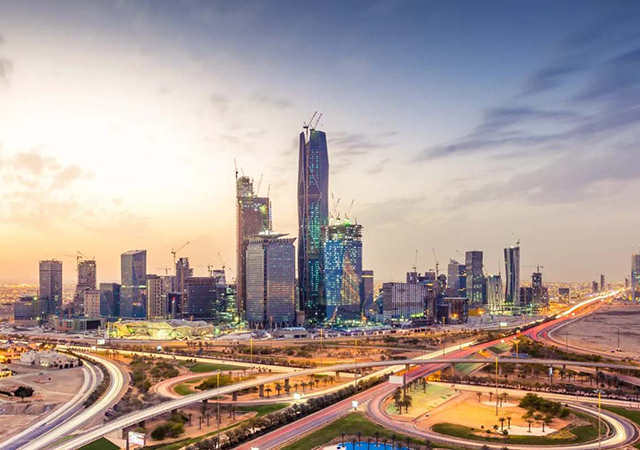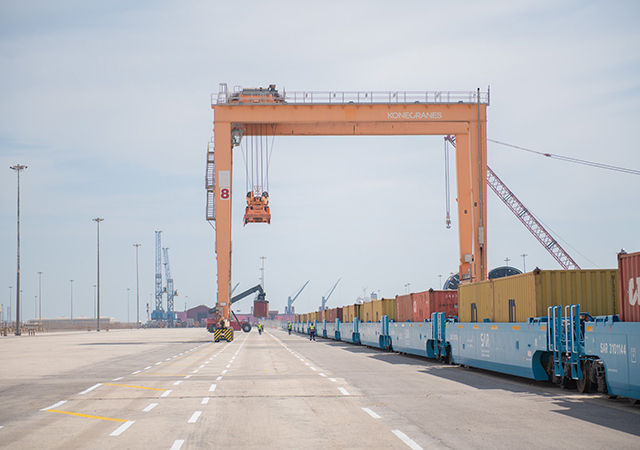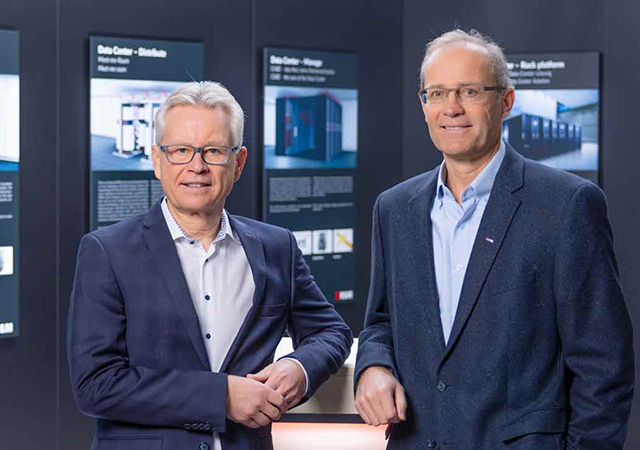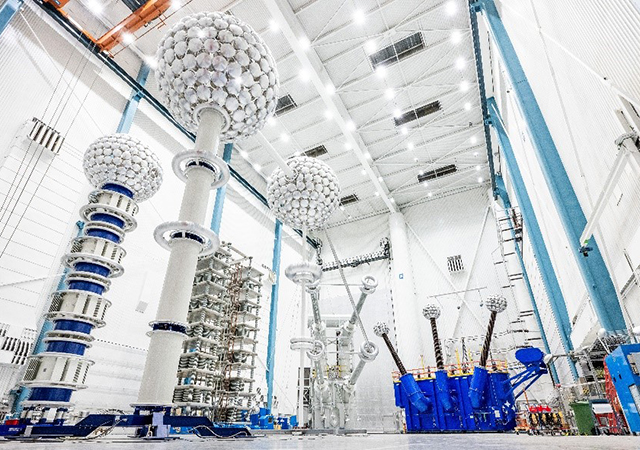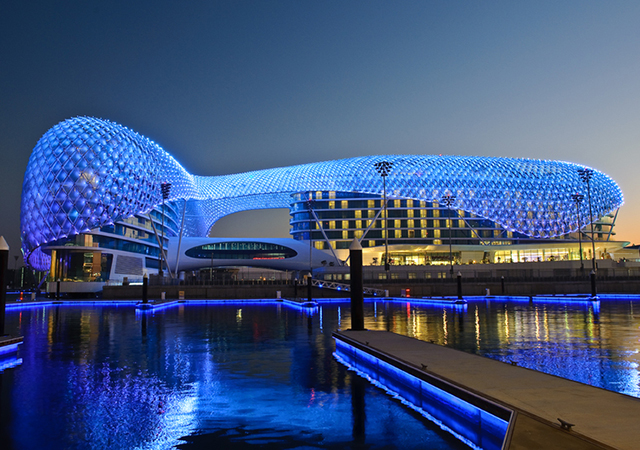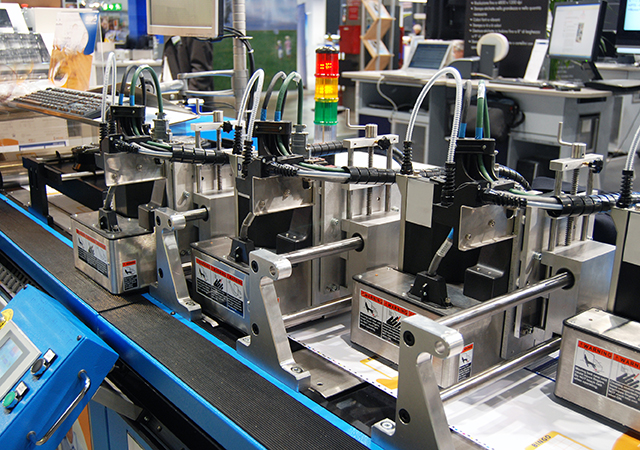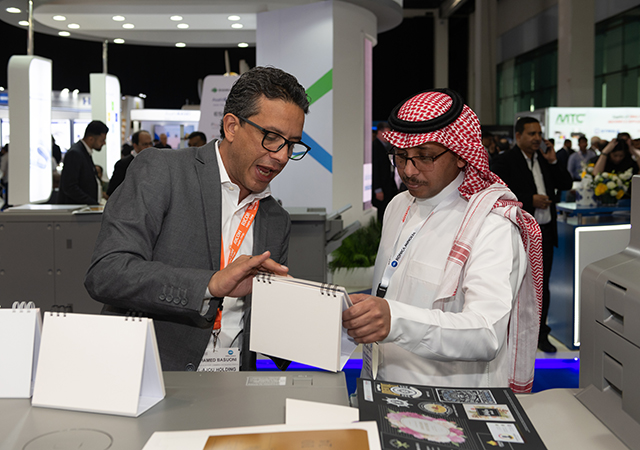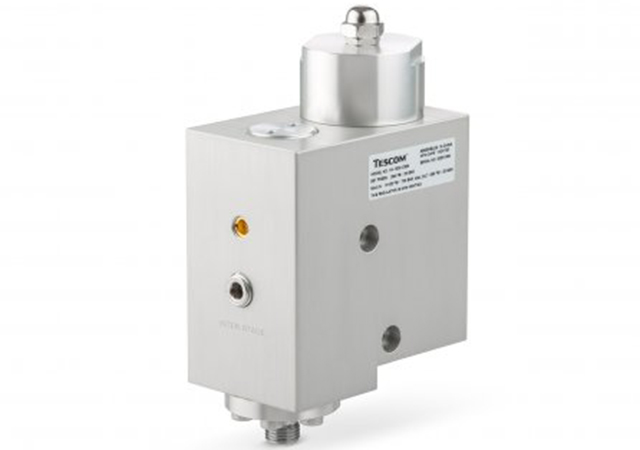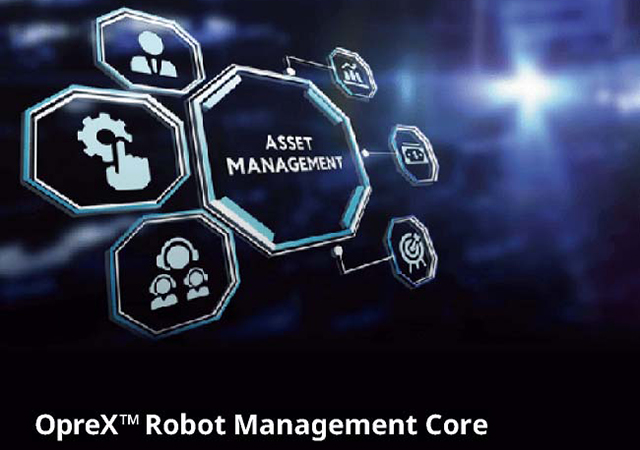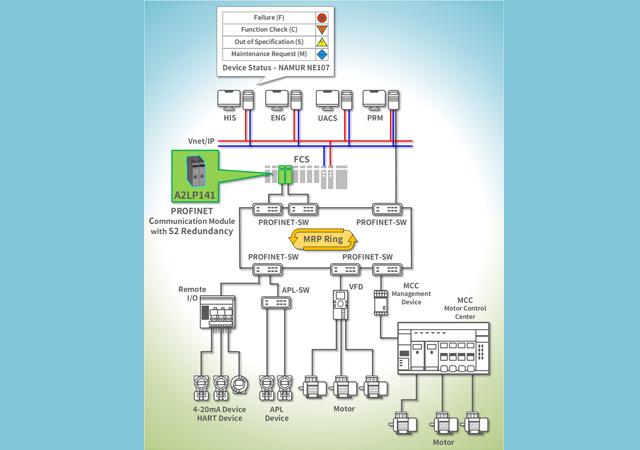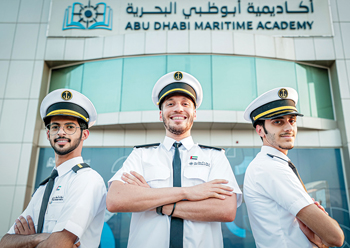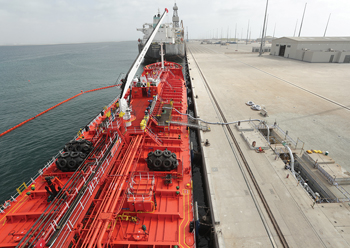
 OOMCO plans to keep the second barge largely stationed in Sohar
OOMCO plans to keep the second barge largely stationed in Sohar
For ship owners, choosing where and when to bunker can have a significant impact on the total cost of bunkering. When calculating their cost, vessel operators must factor in the journey time and expense for sailing to a bunker hub, waiting times for a berth, fuel price, war risk premium for areas of volatility etc, says Oman Oil Marketing Company (OOMCO), the leading marketer and distributor of multi-sector fuel and lubricant products.
Mainly on the major East-West trade routes, cost, convenience, safety, and long-standing relationships can all factor into decision making, and the complexities of minimising voyage costs will vie with the latest bunker prices to influence the choice of port.
This is a significant consideration in a region where some of the largest bunker ports have suffered from congestion and delays. As every ship owner knows, it costs money to have a vessel queuing outside of port. Today, this matters more than ever, with growing pressure for just-in-time operations that save time and money, reduce fuel consumption, and cut carbon emissions.
 |
|
Christophe El Kati |
OOMCO, which opened a new bunkering terminal at the Port of Duqm in the Sultanate of Oman at the end of 2021, and in January, kicked off bunkering operations in the Port of Sohar with the arrival of the bunker barge MT Alpha, says its Duqm bunker terminal can reduce the total cost of bunkering for ship owners.
“The price of fuel, now around $930 per tonne at the region’s ports, along with the negative effect of limited berth availability and long wait times on vessel schedules, make it critical to choose the right spot to bunker. Getting this wrong can lead to increased costs for ship operator, raising concerns about their efficiency among customers who may consider taking their business elsewhere,” says Christophe El Kati, Head of Marine and Bunkers at Oman Oil Marketing Company.
“It is for these reasons that shipping companies must pay close attention to their total cost of bunkering,” he adds.
So, how can ship owners and operators in the Middle East better manage their total cost of bunkering – at a time when charterers are scrutinising the cost of operation like never before? How can they keep costs down, especially when fuel prices are rising? To these questions and many more, El Kati, provides expert insight to Gulf Industry in an exclusive interview, and explains why, for example, calling at a specific port in the Middle East is more cost effective than going to another nearby bunker hub in the region.
.jpg) |
|
OOMCO plans to expand its service to other Omani ports such as Sultan Qaboos and Salalah after the arrival of the second barge |
Excerpts:
Can you please shed light on the infrastructure of OOMCO’s bunker terminal at the Port of Duqm? What is the current storage capacity and what are your expansion plans to support marine fuel operations in Oman and the Middle East region?
With fuel quality specifications getting progressively tighter, ship owners and operators cannot afford to risk purchasing low-quality or off-spec marine fuel products. Doing so can lead to major technical issues on their vessels such as problems with fuel pumps and engines, resulting in costly delays, repairs and insurance claims.
OOMCO’s terminal offers high-quality HSFO, VLSFO and LSMGO marine fuel specifications in compliance with ISO 8217 and has been designed to meet the increasing demand for all low sulphur fuel-compliant marine fuels in line with IMO2020. The 10,000 metric tonne vessel MT Alpha, capable of delivering fuel at up to 1,000 m3 / hour, facilitates bunker calls for vessels visiting the port.
OOMCO kicked off bunkering operations in the Port of Sohar with the fuelling of the Sohar LNG by OOMCO’s MT Alpha barge. Are you planning to expand to other Omani ports and are you adding a barge soon? Please elaborate.
We’re planning to double our bunker barge capacity before the end of 2022, to support increasing demand for OOMCO’s marine fuel operations in Omani ports. The first barge, MT Alpha, will support vessels in Duqm while the second is to be largely stationed in Sohar. We’ll then focus on expanding our service to other Omani ports such as Sultan Qaboos and Salalah.
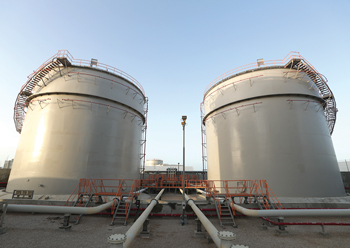 |
|
OOMCO is planning to double its bunker barge capacity before the end of this year to support its marine fuel operations in Omani ports |
What role do you envisage for Duqm to play as a strategic bunkering hub for international shipping in the Arabian Sea? How do you plan to compete with the region’s biggest bunker hub: Fujairah?
The Port of Duqm offers a wide array of services, strengthening Oman’s marine infrastructure and making it one of the most dynamic marine and industrial hubs in the region. Vessels calling at Duqm benefit from pilotage, freshwater supply, waste collection, tug services, crew change, de-slopping services, ship handling and ship spares. The port also hosts Oman Drydock Company, one of the largest ship repair yards in the world.
How much and what kind of investments are being put in Duqm to make it a modern bunkering alternative that can potentially save several days trading costs?
The OOMCO bunkering terminal is underpinned by the $7 billion Duqm refinery, which will have capacity for 230,000 barrels per day on completion. In addition, the nearby Ras Markaz storage terminal is also currently under construction. It will culminate in six million barrels of storage capacity being available in 2022, with an additional capacity of 19 million barrels earmarked for the site as a future development. This will give vessels sailing through Middle Eastern waters easy access to a bunkering hub with a strong supply of fuel.
What are the crucial factors that vessel operators need to consider when calculating the total cost of their bunkering operations?
The price of fuel, now around $930 per tonne at the region’s ports, along with the negative effect of limited berth availability and long wait times on vessel schedules, make it critical to choose the right spot to bunker. Getting this wrong can lead to increased costs for ship operator, raising concerns about their efficiency among customers who may consider taking their business elsewhere. It is for these reasons that shipping companies must pay close attention to their total cost of bunkering. Charter party agreements also need to be factored in, along with the impact of slow steaming and the number of days that takes, routes and port arrival times.
Moreover, there are factors beyond a ship owner or operator’s control that can undermine their attempts to keep costs down, such as port congestion – something that has become increasingly prevalent in recent months. For example, some container and bulk ships have had to skip Singapore, Asia’s biggest refuelling hub, due to delays at Chinese ports caused by lockdowns in Shanghai to contain China’s worst Covid outbreak since 2020.
Congestion at a bunkering hub increases the time vessels must wait before securing a berth. In that period, fuel prices can fluctuate, giving operators no control over the cost of refuelling prior to docking. They can do little more than hope that the price at least remains stable and does not climb.
How can the newly launched Duqm bunker terminal reduce the total cost of bunkering for ship owners? Please explain.
The Port of Duqm, situated on Oman’s Arabian Sea Coast, is located near the international trade route between Asia and Europe, making it an ideal spot for bunkering, resupply and crew changes without need to sail to other nearby regional ports. Such a detour may add at least seven days to a vessel’s voyage, increasing operational costs for fuel usage, crewmembers’ salaries and food supplies. For most ships, an extended journey will also likely result in higher emissions.
Another factor for maritime companies to consider is that Duqm is in low-risk waters where war risk insurance is not required – providing ship owners and operators with vessels sailing through the Middle East another cost saving.
How can ship owners in the Middle East better manage their total cost of bunkering – at a time when charterers are scrutinising the cost of operation like never before? How can they keep costs down, especially when fuel prices are rising?
Any gains made in minimising the total cost of bunkering will improve an operator’s performance within the terms of the Sea Cargo Charter. Although the provisions of the Charter only apply to its signatories, those signatories include some of the largest and most influential charterers in the market.
The Charter is also an increasingly important mechanism for boosting transparency and cooperation between operator and charterer. It sets performance criteria for operators based on a measurement of climate alignment, defined as the degree to which voyage carbon intensity is in line with the IMO’s ambitions for reducing total annual GHG emissions. It relies specifically on the Energy Efficiency Operational Indicator (EEOI) which involves measurement of fuel consumption, a GHG emission factor for each fuel type, the distance travelled while laden, and the amount of cargo transported.
How is all this relevant to the total cost of bunkering? Because it incentivises operators and charterers to look beyond just the price of fuel at competing bunker ports. Commercially and environmentally, this makes sense.
Elsewhere, digital voyage planning tools make it increasingly easy to accurately predict costs and evaluate the potential benefits of new bunkering locations. This should encourage operators to look beyond traditional bunker ports and take a more analytical approach to assessing all the options, including those that may offer a faster transit time and reduced waiting time at port.
Global demand for LNG as a marine fuel continues to expand. Is OOMCO working to make LNG bunkering available to customers calling at Oman? Does Duqm port terminal have the necessary infrastructure to be able to load LNG for barges?
We are guided by Oman Vision 2040, which is to build a sustainable economy for the nation. As part of that vision, we’re looking to develop non-traditional natural resources such as alternative fuels for industries including shipping. In the Sultanate, we have LNG and methanol production facilities, with two ammonia plants being built in the coming years. The plan is to supply those greener alternative fuels, along with green hydrogen, at Duqm.
Additionally, we have signed an agreement with Omani biodiesel manufacturer Wakud to introduce biodiesel blends into Oman’s fuel market. Wakud’s biodiesel plant in Khazaen Economic City, Barka, uses cooking oil collected from catering businesses in Oman such as hotels and restaurants to produce 500,000 litres of biodiesel each month. Working with Wakud, we’re exploring the potential to sell different biodiesel blends to maritime companies.
Do you have plans to emerge as a one-stop marine solutions partner in the region, to ensure reliable and competitive LNG supply for the region?
The bunker fuel market in the Middle East and Africa region is expected to grow at more than 12 per cent from 2022–2025. Through our bunker terminal, we can offer the growing number of Duqm fleet customers access to high-quality marine fuels that meet their requirements, coupled with state-of-the-art facilities, support infrastructure and, above all, an effective supply chain.
Strategically located on Oman’s south-east coast, our marine fuel terminal serves the international shipping market given its close proximity to significant shipping traffic accessing the Suez Canal, Arabian Gulf, and the Indian Ocean.

